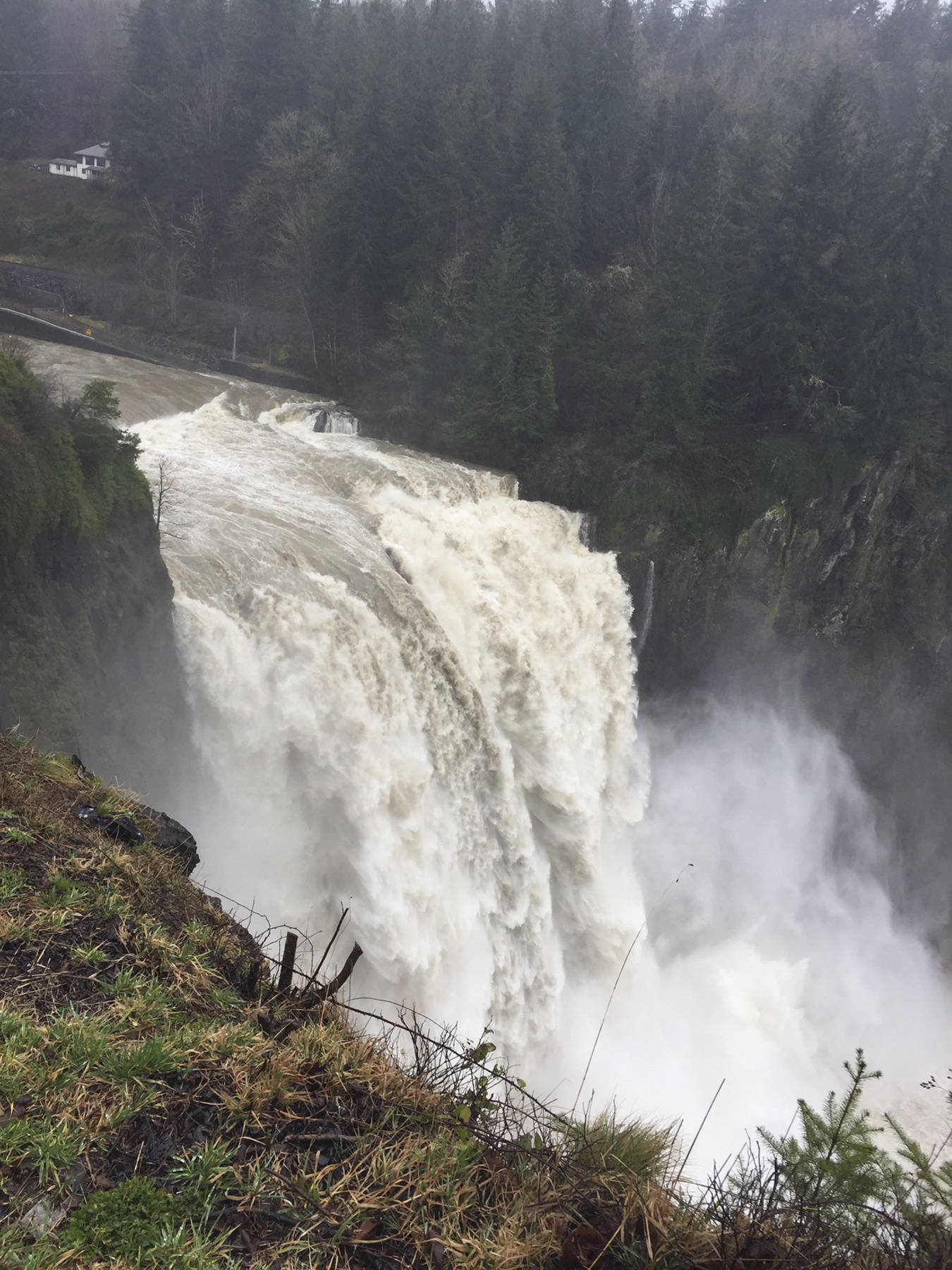As more people recreate on popular trails and natural spaces in and around the Snoqualmie Valley, the Valley’s first residents are asking people to engage with the outdoors in a more thoughtful way.
The Snoqualmie Tribe recently launched a campaign called the Ancestral Lands Movement. It’s designed to spread awareness about the Snoqualmie people, the significance of these lands and provide information on ways people can help the tribe restore, protect and respect the lands.
Popular trails and locations including Tiger Mountain, Middle Fork, Lake Sammamish, Franklin Falls, Rattlesnake Ledge, Mount Si, Snoqualmie Falls, Twin Falls and Issaquah Alps are all located on Snoqualmie Tribal ancestral lands.
The campaign outlines five ways people can help. They include treating the lands with respect by picking up trash and not littering, by properly disposing of pet waste and by staying on designated trails. Cutting up switchbacks or going off-trail can harm plants and increase erosion.
“The Tribe welcomes those who enjoy our ancestral lands. Unfortunately, because of unrestrained activity and recreation coupled with disrespectful actions, these lands are being loved to death. It is through stewardship and practicing land acknowledgement that healing can take place,” said McKenna Sweet Dorman, assistant director of governmental affairs and special projects with the Snoqualmie Tribe.
The second is by committing to experience the outdoors in a way that is centered on mindfulness rather than on conquest. The traditions of the Snoqualmie Tribe teach that the first people were made with these spaces, and need each other to survive.
It’s a different mindset than viewing nature as something to be consumed or conquered. Limiting experience of the outdoors and lands to something to be beaten, trained in or played on only means people may be missing out on experiencing the full space, and what people are giving back. The campaign asks people enjoying the outdoors to treat the lands with respect.
“When the Tribe recently hosted the vaccination clinic on the reservation we had many members of the community ask what they can do to help the Tribe in return. This is the Tribe providing real and reasonable ways that everyone can support the Tribe, and, respect the Snoqualmie Tribe’s ancestral lands which are enjoyed by so many,” Jaime Martin, executive director of governmental affairs and special projects with the Snoqualmie Tribe, said.
“By being fully present in a mindful way when enjoying these lands individuals are showing respect to the generations that came before us and to the plants and animals that survive today. To make sure these lands are preserved for future generations we need to shift how we relate to these lands. These lands cannot be taken for granted and it is critical that we slow down and experience these spaces in a meaningful way, rather than seeing them as something to consume.”
A third way people can help is by learning more about the Snoqualmie Tribe, its history and connection to the lands, and supporting stewardship work the tribe undertakes. These include planning for resiliency to climate change especially in the Snoqualmie watershed.
It’s expected that Puget Sound will see hotter, drier summers and wetter winters with more precipitation falling as rain instead of snow. These conditions stress fish which rely on cool and adequate water to survive, especially salmon.
The tribe recently conducted a study to see how riparian land management practices can help mitigate these impacts in the Snoqualmie watershed. Riparian zones are areas along streams and rivers that contain trees and other plants. They provide shade and food for fish passing through. The study found that restoration can only do so much to fight the effects of climate change, and that partial restoration has almost as much benefit as full restoration. But in order to do this restoration, more funding is needed.
However, restoration can benefit young Chinook salmon, particularly the Snoqualmie yearling Chinook salmon. These juvenile salmon spend an extra year in the Snoqualmie River system. The Snoqualmie Tribe has also been heavily involved in restoring in the Lake Sammamish kokanee salmon. In 2019, some 3,000 juvenile kokanee were released into the lake by Snoqualmie Tribe members and King County.
People recreating can also practice land acknowledgements, both written and in action. While everyone who lives in the Valley has forged their own relationship and connection with the land, the Snoqualmie Tribe has the first and deepest connection.
“For countless generations, the Tribe has carried the responsibility of being the original stewards of these lands and waters. Through these ancient, unbroken connections to these lands and waters, the Tribe has provided what is needed for these areas to thrive, both physically and spiritually. Today, the Tribe is asking its neighbors to bring respect when interacting with these lands,” Dorman said.
Finally, the Snoqualmie Tribe is encouraging people to help spread its message by encouraging others to learn more and practice land acknowledgement both on and off the trails. Information about the Snoqualmie Tribe can be found online on its website and social media sites.


